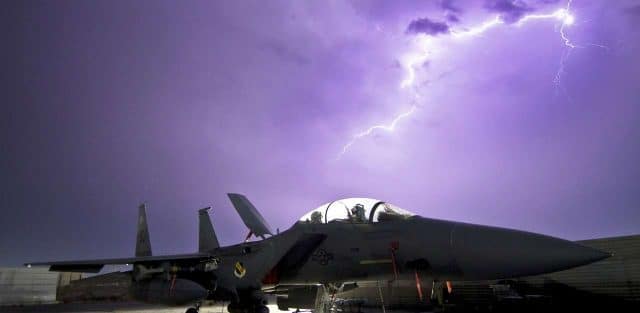Instrument Meteorological Conditions

Determining IMC Conditions in a Small Jet
IMC conditions exist when the view from a jet is blocked or restricted. This means that aircraft control and navigation can only be performed using particular flight apparatuses. When these tools are used, the pilot must fly under instrument flight rules (IFR) rather than by visual flight rules (VFR).Adapting to Instrument Meteorological Conditions
Interestingly, pilots training for these weather conditions will don specific eyewear during good flight conditions. These specialized glasses restrict outside vision and simulate IMC situations. On a clear day, pilots utilize visual cues outside of the aircraft like the horizon. When the weather conditions restrict the view, gyroscopically-drive instruments, such as the attitude indicator, are required.IMC vs. IFR
It’s important not to confuse these two terms. While IMC refers to the actual weather conditions, IFR describes the rules under while the aircraft is flying. An aircraft can fly under IFR during good weather. Many commercial flights solely operate under IFR.Instrument meteorological conditions (IMC), according to the FAA, are meteorological conditions stated in terms of ceiling, distance from clouds, and visibility. Typically, these conditions don’t qualify as visual meteorological conditions. A large or small jet operator relies on the accurate reporting of these conditions during flight.
Determining IMC Conditions in a Small Jet
IMC conditions exist when the view from a jet is blocked or restricted. This means that aircraft control and navigation can only be performed using particular flight apparatuses. When these tools are used, the pilot must fly under instrument flight rules (IFR) rather than by visual flight rules (VFR).
Adapting to Instrument Meteorological Conditions
Interestingly, pilots training for these weather conditions will don specific eyewear during good flight conditions. These specialized glasses restrict outside vision and simulate IMC situations.
On a clear day, pilots utilize visual cues outside of the aircraft like the horizon. When the weather conditions restrict the view, gyroscopically-drive instruments, such as the attitude indicator, are required.
IMC vs. IFR
It’s important not to confuse these two terms. While IMC refers to the actual weather conditions, IFR describes the rules under while the aircraft is flying. An aircraft can fly under IFR during good weather. Many commercial flights solely operate under IFR.








